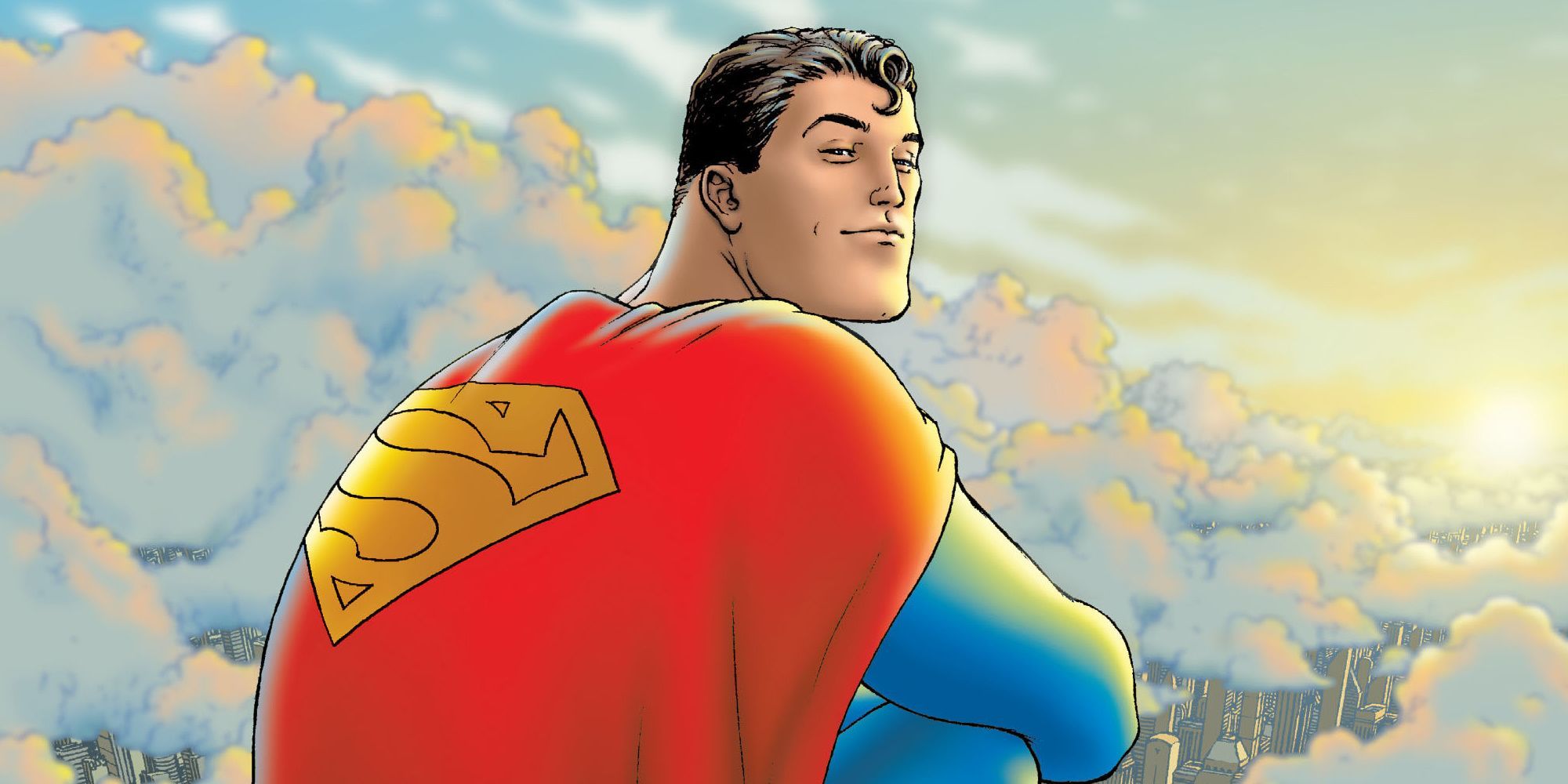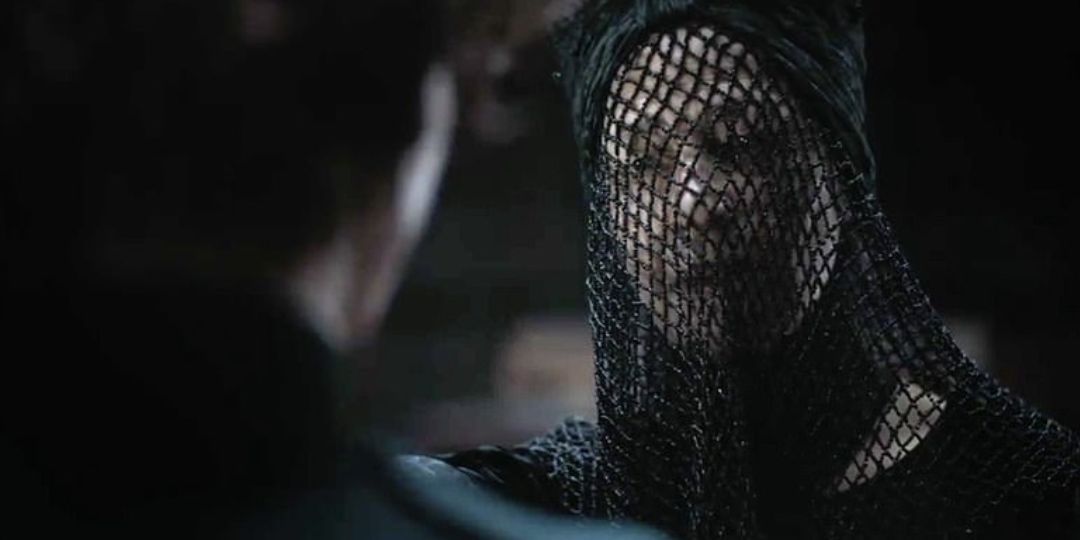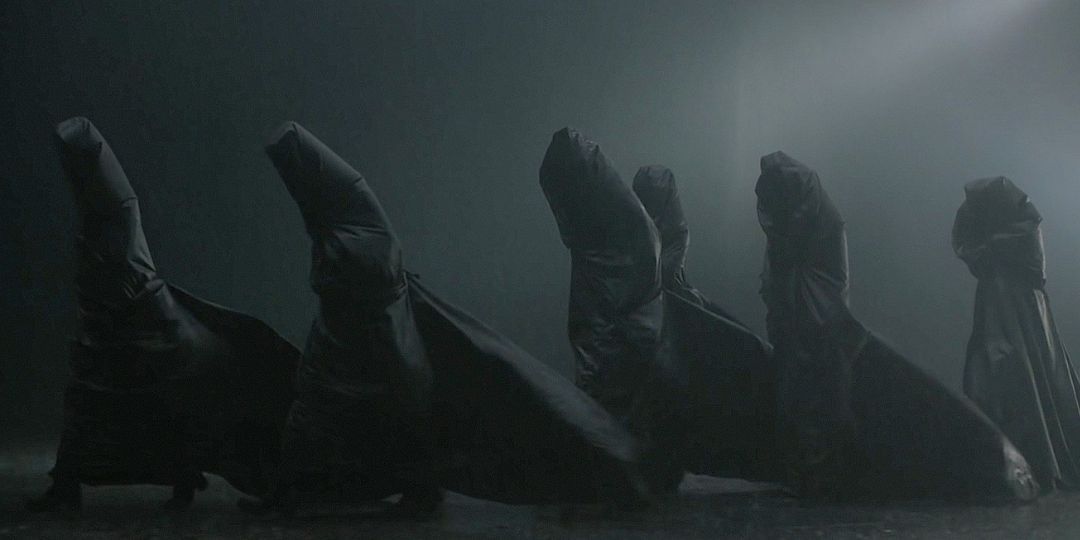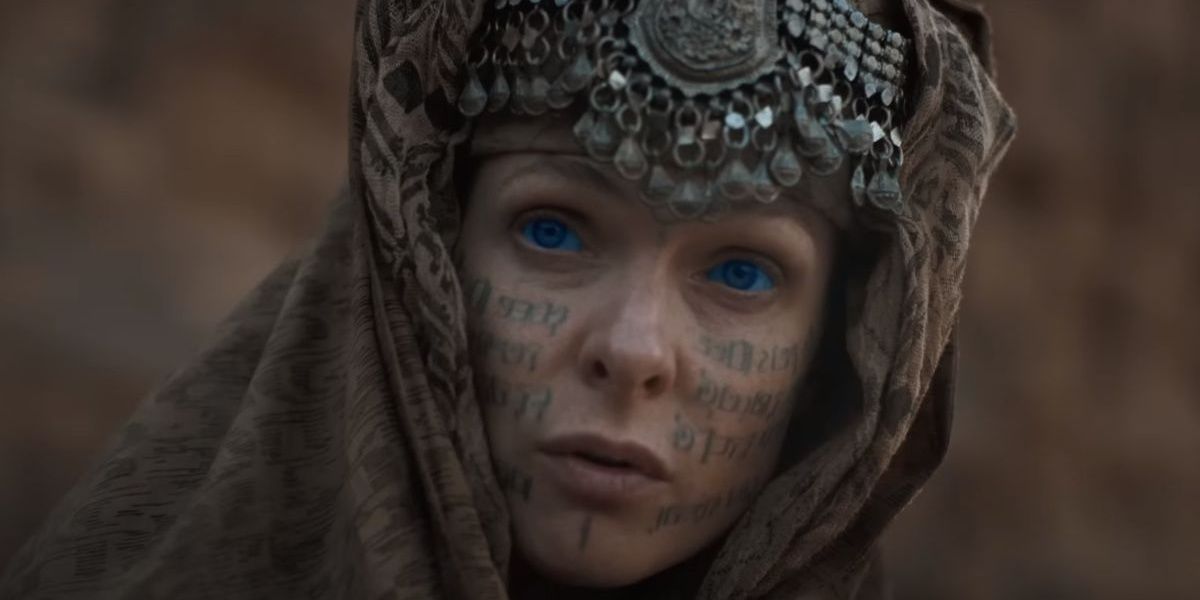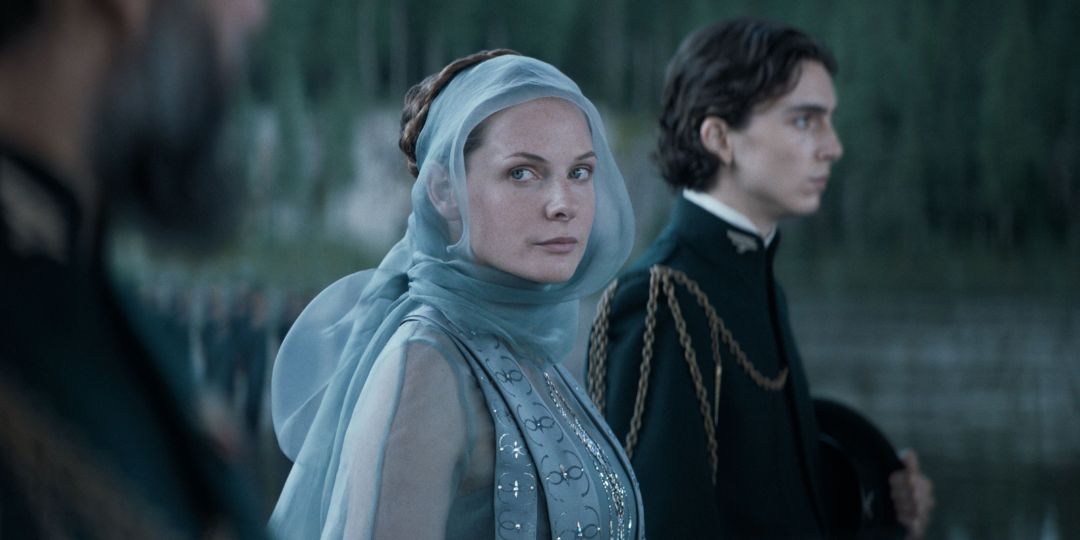Religion is one of the central themes of Frank Herbert's Dune. Many science fiction authors imagine a godless future in which societal advancements have eclipsed the need for zealotry. They propose the inverse of Arthur C. Clarke's third law by introducing sufficient technology to supplant magic. Herbert believed that a secular society would never conquer interstellar travel and that the inherent fanaticism of humanity would be their undoing. His secretive religious order, the Bene Gesserit, hid their beliefs to further the evolution of humankind with disastrous results.
Denis Villeneuve's Dune has opened the material to a new base of excited fans. The novel, long considered impenetrable and unfilmable, never captured the audience of the 2021 adaptation. Fans are looking forward to the sequel and a prequel. Though Dune: The Sisterhood has undergone some troubled production, the lesser-known chapter of the story is set to hit Max.
How was The Sisterhood formed?
The history of the Bene Gesserit is shrouded in mystery. The original Dune told almost none of the story, but later prequels would introduce details. The formation of the Sisterhood is tied tightly with the Butlerian Jihad. During the war against all thinking machines, humans had the aid of sorceresses with incredible telekinetic powers. Like everything else in Dune, the sorceresses have a scientific explanation behind them. They hailed from a planet called Rossak, which featured a toxic atmosphere and constant volcanic eruptions. Rossak barely supported life. Almost all the babies born on Rossak suffered nightmarish congenital conditions. However, for unknown reasons, some females born on Rossak survived the atmosphere without issue. Instead of destroying them from within, Rossak's unique circumstances gave these young women telekinetic powers.
The sorceresses helped humans win the war against the machines. After the war, sorceresses banded together, often to discuss the horrors of what they witnessed. This loose bond laid the foundation for what would become the Sisterhood. The first official member of the Sisterhood was named Raquella Berto-Anirul. She was born over 10,000 years before the events of Dune. She wasn't a sorceress. She was a doctor who established the Humanities Medical Commission with the help of her husband. She travels the universe to fight the last vestige of the thinking machines, a genetically engineered virus that could wipe out humanity. Raquella is infected, but she miraculously recovers after being exposed to the "healing water" of Rossak. The head sorceress is incensed, convinced that Raquella will somehow usurp her power. The sorceress poisons the doctor, but to her surprise, Raquella survives.
Without her knowledge, Raquella innately reconfigures the poison in her system into a harmless compound. This was the first version of the Spice Agony, the ordeal sisters must undergo to become Reverend Mothers. Raquella discovers new abilities. She can remember the lives of her long-dead female ancestors, living ego memories that inform her personality. She can influence the actions of others with her speech, an ability that would come to be known as the Voice. Raquella learned of the selective breeding programs favored by the Sorceresses. In time, she took over the Rossak Sorceresses. With the combined elements of modern medical science and the morality of her new cohorts, she founded the Bene Gesserit school of thought.
Where does the Sisterhood appear in Dune?
The Bene Gesserit command immense control throughout the galaxy, forming one of the three major powers in the Dune universe. Their influence on the story of Paul Atreides is more direct than most. Paul's mother, Jessica, is a practicing member of the Sisterhood's breeding program. They seek to interbreed the noble houses to create the first male Reverend Mother. Jessica Atreides is tasked with birthing a daughter who will be wed to the progeny of the Harkonnen family and spawn the Kwisatz Haderach. Jessica willed herself to give birth to a son. Paul Atreides would prove himself to be the Kwisatz Haderach. He would brave Reverend Mother Gaius Helen Mohiam's human test, experience prophetic dreams, and eventually expose himself to the Spice Agony. As the first male survivor, Paul proves himself to be the moment the Sisterhood has been working towards. His rule is the just reward for their efforts.
What is Dune: The Sisterhood based on?
Fans of the original 1965 novel who never examined the rest of the series will find many surprises in The Sisterhood. The Max series will adapt primarily fromSisterhood of Dune, a 2012 prequel written by Kevin J. Anderson and Brian Herbert, Frank's eldest son. The novel follows the fledgling development of the Bene Gesserit, Mentat, and Suk schools in the immediate aftermath of the Butlerian Jihad. The show will primarily center around Valya Harkonnen, the second Reverend Mother Superior of the faith. It will give fans a distant look back at the earlier days of the Sisterhood and the never-ending feud between House Atreides and House Harkonnen.
Dune: The Sisterhood will cover material that most Dune fans may never have delved into. Expanding the modern take on the franchise will add depth and texture to the ongoing adaptation. Fans should eagerly await this rare look into the early days of this expansive universe. Dune: The Sisterhood could be one of the most engaging and unique sci-fi series of the era when it finally comes to the small screen.



